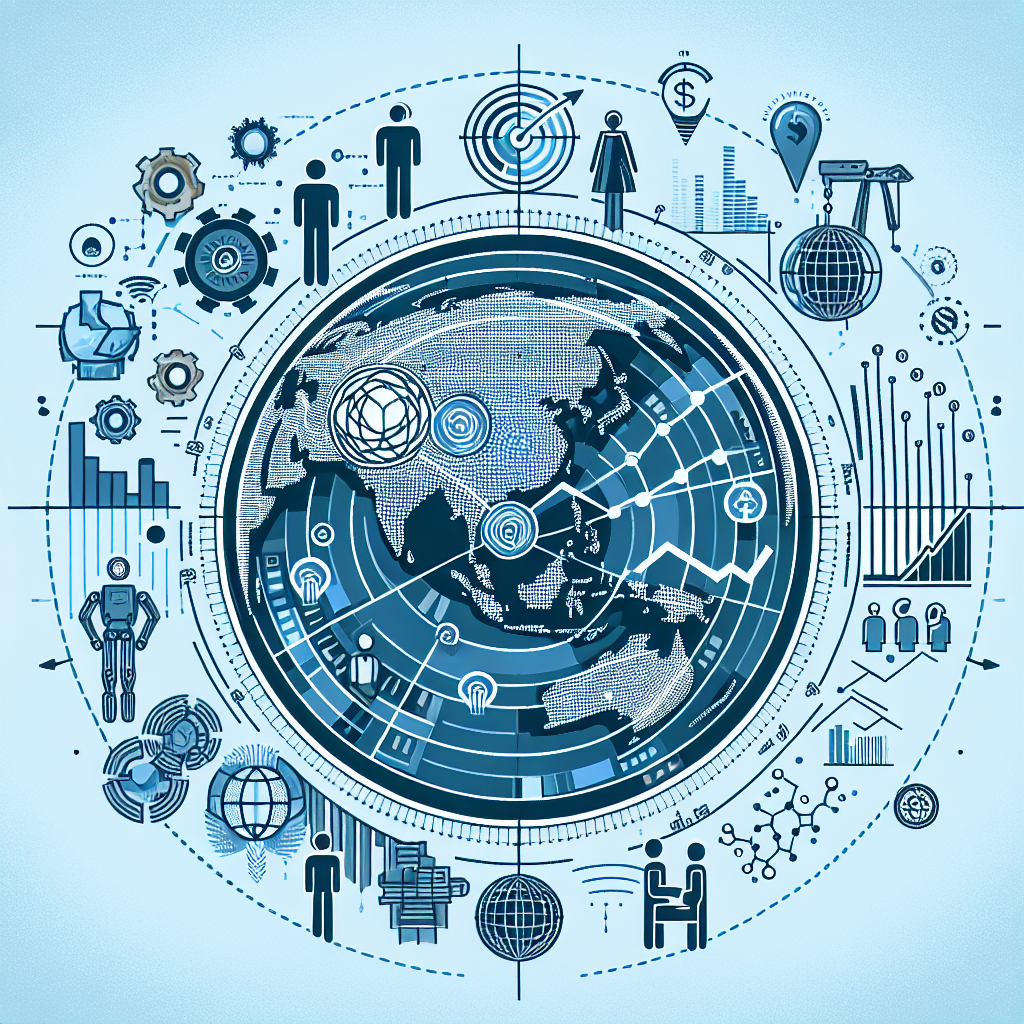
It’s a wild world out there, especially for those trying to keep up with the global labor market. This market isn’t just a landscape; it’s a shifting scene paved with opportunities and challenges. Here, we’ll dive deep into the trends shaping the future, all while predicting what’s next for the world’s workforce.
Contents
The Gig Economy: More Than Just a Phase
You might think gig work is just for rideshare drivers and freelancers. But it’s morphing into something much bigger. The rise is fueled by technology, offering flexibility and fostering innovation. Employers benefit by cutting costs, while workers enjoy more autonomy.
Trends:
- Growth in freelance platforms like Upwork and Fiverr.
- Increasing acceptance of remote work tools.
- Flexible job roles replacing traditional 9-to-5 positions.
Predictions:
- Gig work will account for a significant portion of the labor force by 2030.
- Companies will invest more in managing gig workers effectively.
COVID-19 and Its Lasting Impact
Yeah, it’s an old tale, but the pandemic still plays a massive role in shaping the labor market. Its aftershocks continue to transform work environments globally.
Trends:
- Remote work has become the new norm.
- Upskilling and reskilling initiatives are on the rise.
- Health and safety standards have taken center stage.
Predictions:
- Hybrid work models will dominate office culture.
- More companies will adopt digital transformation strategies.
Automation: Friend or Foe?
Talk about automation and people panic over job losses. But it’s not that black and white. Automation can create new and exciting job opportunities too.
Trends:
- AI and machine learning are driving efficiency across sectors.
- Rise in demand for tech skills among workers.
Predictions:
- Automation will replace mundane tasks, freeing workers for creative roles.
- New tech roles that don’t exist now will emerge.
Global Labor Market Table
Here’s a snapshot of what’s happening in the world of work:
| Factor | Current Trend | Prediction for 2030 |
|---|---|---|
| Gig Economy | Expanding rapidly | Major workforce segment |
| Remote Work | Normalized | Hybrid models prevalent |
| Automation Impact | Increasing | New job categories emerging |
| Skills Demand | Digital and tech skills | Continuous learning as a norm |
| Regional Shifts | Asia growth | Africa rising as an economic center |
Skills for a Future-Proof Career
Moving forward, workers need to adapt, embracing new skills. Digital literacy and soft skills will set individuals apart.
In-demand Skills:
- Data analysis
- Cybersecurity
- Emotional intelligence
- Creative thinking
Employers look for skills that AI can’t replicate. Upskilling is crucial to remain relevant in an evolving market.
Women in the Workforce: Breaking Barriers
Globally, the empowerment of women plays a critical role in shaping future labor markets. Women are increasingly occupying leadership roles and influencing economic progress.
Trends:
- Rising participation of women in STEM.
- Increased focus on gender equality.
Predictions:
- More women will lead Fortune 500 companies.
- Policies promoting diversity will become standard.
A Look at Regional Shifts
Regional shifts are as unpredictable as a New York subway timetable during rush hour. Yet, they present opportunities and challenges.
How do current global tensions affect labor mobility?
Geopolitical tensions influence migration patterns and labor mobility. Restrictions on work visas often follow international disputes, limiting opportunities in other countries. Global tensions, like between the U.S. and China, further complicate things. Yet, countries still need skilled labor, creating a push-pull effect in global migration.
What role does education play in shaping the future workforce?
Education acts as the foundation for labor market evolution. Traditional education systems are being upended by tech-driven learning. Online platforms like Coursera and Udacity provide flexible learning, paving the way for lifelong education. The focus is now on skills over degrees, with emphasis on problem-solving and critical thinking.
How can governments support labor market transition?
Governments have a crucial role in smoothing market transitions. Policies promoting digital education and supporting small businesses can pave the way for innovation. Incentives for companies investing in employee training can close the skills gap. Also, social safety nets are vital to support those impacted by automation.
For more insights, check this detailed analysis on labor market adaptation.
Preparing for the Unknown
So, you might ask, how do you prepare for this unpredictable job market? The answer isn’t so mysterious. Stay adaptable, keep learning, and always be ready to pivot. You gotta embrace change like a New Yorker embraces a new pizza joint. With the right mindset, the future of work isn’t something to fear but to embrace.
For more on these exciting trends and predictions, dive into further reading on global workforce shifts.






